"Film about how to make films." Library and Archives Canada.
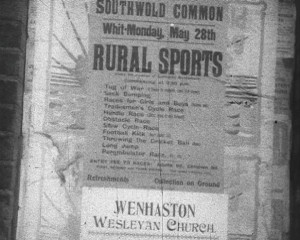
"This is a record of a rural sports day held on Southwold Common on Whit Monday, 1928. (Identified on a still of a poster.)" (EAFA Database).
"On May 28th 1928, Whit Monday, Barrett filmed the races and prize giving of the “Rural Sports”, held on the common. These sports had flourished before the First World War, and this was an attempt to revive them. Although on the film everyone seemed to be enjoying themselves, these Rural Sports were not held again. Barrett Jenkins was pleased with the results of his filming, and so continued" (Cleveland 2009, 139).
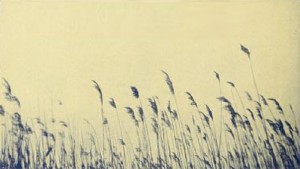
"The first on the list, Rushes, 300 ft., 16mm., filmed by J. V. D. Bucher, is an unusual effort, for it presents a continuity theme woven about a single subject, the wild rice plants in a marsh. It well illustrates what distinctive subjects for amateur movie making are offered by scenes close at hand that are often ignored. It is a satisfyingly beautiful study of the rushes, telling the story of their resistance to the assaults of nature, climaxed with their defeat by fire. The plan offered a large number of exposure problems which were successfully handled. Of particular beauty are the scenes of the burning rushes, taken with a fast lens, and fog effects and closeups of the plants' plume like heads, taken with filters against cloudy skies. The continuity motif used is simple and yet unites the subject into a complete entity rather than a series of disjointed sequences which happened to be taken of the same subject." Movie Makers, Dec. 1930, 758.
"Russell Sage Foundation, made by Theodore Huff, ACL, for the members of the staff of Russell Sage Foundation and dedicated to John M. Glenn, retiring General Director, offers an interesting solution of a very difficult cinematic problem. It was desired to present glimpses of the work of the various departments of the Foundation, to include members of the staff of each department and to give the highlights of their achievements under Mr. Glenn's direction. Although the problem was complex, Mr. Huff succeeded in making a smooth and entertaining picture full of cinematic interest." Movie Makers, Dec. 1932, 561.
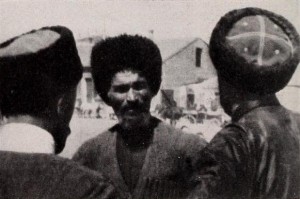
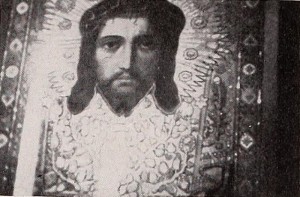
"Russian Easter is a reverent and impressive film of the celebration of Easter in the Russian Orthodox Church and in the homes of Russians living in this country, all presented against the background of the birth of spring. Easter in the Russian Church is more closely associated with the coming of spring than it is in some other faiths, and the antiphonal cry, "Truly Christ is risen!" finds its response in leafing trees, budding flowers and virescent hillsides. Accordingly, this is a joyful film, filled with the gladness of Easter and of spring. The rich liturgy of the Easter season in the Russian Church is presented with intelligently planned sequences that span the time from the beginning of Lent to three days after Easter. Interwoven are sequences of home life, as the household prepares for the celebration and the feast at Easter. So, the picture actually consists of three themes — Easter in the church, Easter in a private home and the coming of spring, all interrelated by a masterly handling of film planning and editing. Outstanding scenes in this picture are the shots of Church of Alexander Nevsky in the winter snow, looking like a color print of old Russia, and the shots of the dinner, after Easter services, when family and guests eat the traditional Easter dishes. This latter sequence has particular grace and charm. Mr. Serebrykoff has made a sincere and delightful film that bolsters one's faith in the future of amateur movie making, for he has produced a brilliant picture that could be made only by an amateur in the full and accurate sense of the word — a film that would have been profaned by professionalism." Movie Makers, Dec. 1942, 489.
"The Valley 8mm Club of North Hollywood has turned toward drama for its newest scenario production. A touching story of a sick mother in rather meager circumstances and in need to medical care. The youthful daughter and the druggist carry out the leading roles with effective realism. There is a remarkable accomplishment of lip sync as needed in a few places through the use of strobe-tape. The dramatic ending completely detaches us from the mother's illness" PSA Journal, Nov. 1959, 47.
"'Ry-Lock,' a most unusual subject produced by E. G. Thompson, of Oakland, California. Apparently, Mr. Thompson is either connected with a lock manufactory, or in a position to know a great deal about this work through friends or relatives in the business. At any rate, he combined cinephotography and lockmaking to produce an usually interesting film of considerable pictorial merit. He took the making of a lock as his subject, and followed its evolution from the raw materials and blueprint through all of the processes of manufacture and assembly, up to the finished product, inserted in a door and ready for use." American Cinematographer, Feb. 1934, 415.
"A story, typical of the period, which includes - young lovers, a mother with high aspirations for her daughter, a rascally Count and much ‘ado’." (EAFA Database)
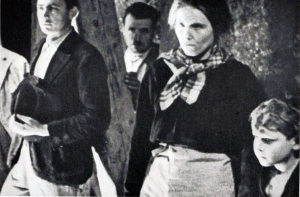
"a sogg. lungh. norm."/Fiction feature film
"Sacrificarsi, realizzato da Arrigo Colombo; aiuto direttore Ottorino Caramazza; scenografia di Brando Savelli, operatore Elio Luxardo. Come il precedente film di Arrigo Colombo, Alta Tensione, anche questo Sacrificarsi e a carattere episodico; il centro dell'azione e stavolta una miniera, che e stata completamente ricostruita nelle proporzioni necessarie allo svolgimento della trama. Il sacrificio è quello di un operaio; e il momento in cui lo trasportano con le gambe penzoloni dal carrello, fuori della galleria, di fronte agli sguardi della moglie e del figlioletto, e il momento più felice del film, in cui si riconosce che ormai Colombo ha raggiunto alcune qualità che per taluni aspetti possono essere definite professionali; Colombo ·mostra in più punti la sua abilita, e questa forse lo tradisce talora, specie quando egli perde il filo del racconto principale per illustrare motivi di contorno; ma in ciò forse egli e stato indotto dalla mancanza di un movente drammatico del soggetto che fosse giustificato da uno schema più complesso. I personaggi sono ben descritti e sopratutto piace il bambino con quel suo sfarfallio in contrasto col lavoro delta miniera."
—Il Ventuno 28 (Review of the G.U.F. of Venice), May 1935
"Self-Sacrifice (Sacrificarsi), directed by Arrigo Colombo; assistant director Ottorino Caramazza; set design by Brando Savelli; cameraman Elio Luxardo. Like Arrigo Colombo's previous film, High Tension, Making Sacrifices is also episodic in nature; the center of action this time is a mine, which has been completely rebuilt to proportions necessary for the development of the plot. The sacrifice is that of a worker, and the moment in which he is transported with his legs dangling from the trolley, out of the tunnel, in front of the eyes of his wife and small son, is the happiest moment of the film, in which we recognize that Colombo has attained certain qualities that in some respects can be called professional; Colombo shows in several points his ability, and this perhaps betrays him sometimes, especially when he loses the thread of the main story to elaborate the backdrop and contextual events, but to this perhaps he was tempted to do so is due to the lack of a dramatic incident in the plot that would have justified the more complex scheme. The characters are well-described and especially likable is the child with his flickering that contrasts with the work of the mine."
—Il Ventuno 28 (Review of the G.U.F. of Venice), May 1935
Total Pages: 299